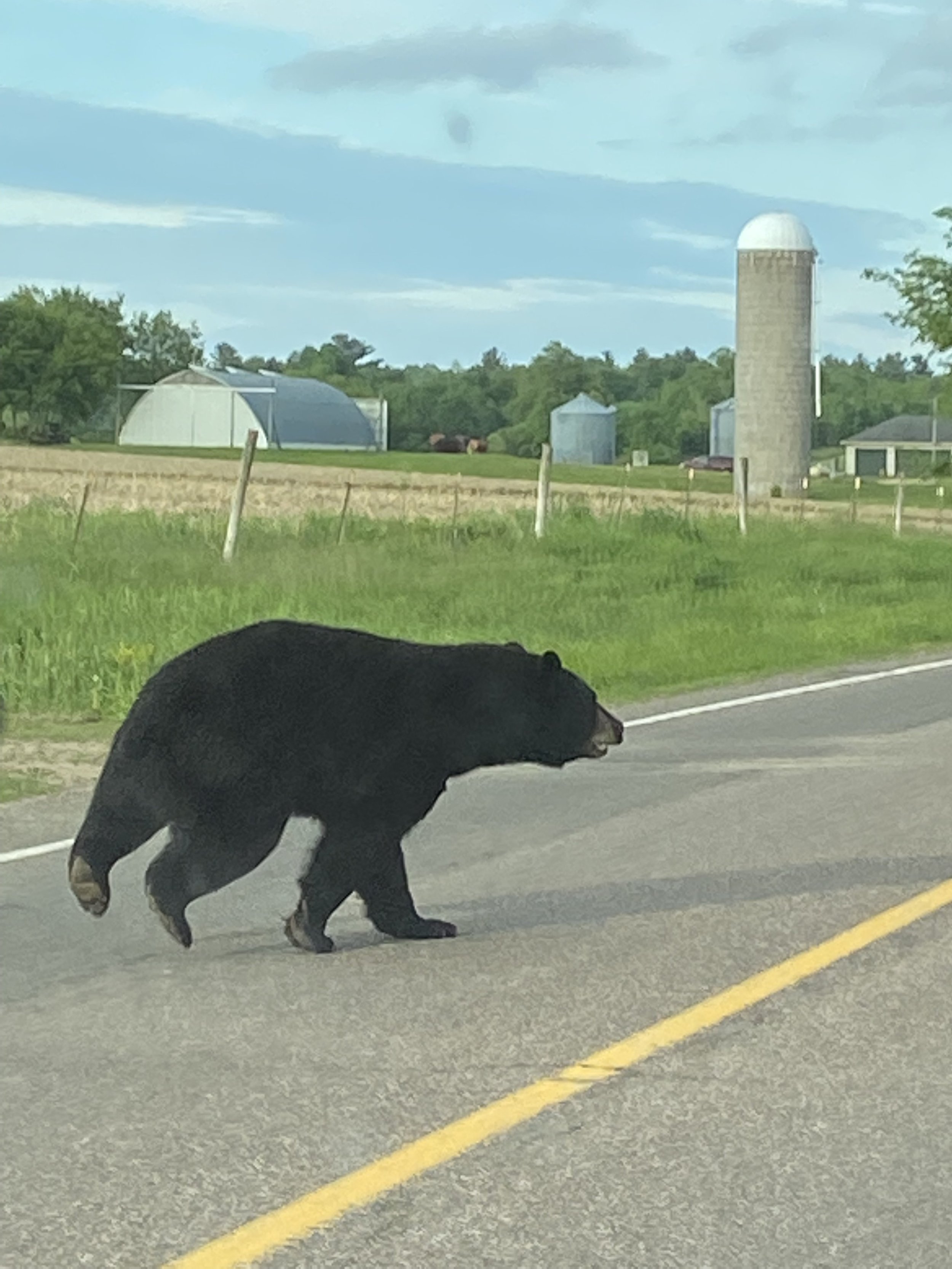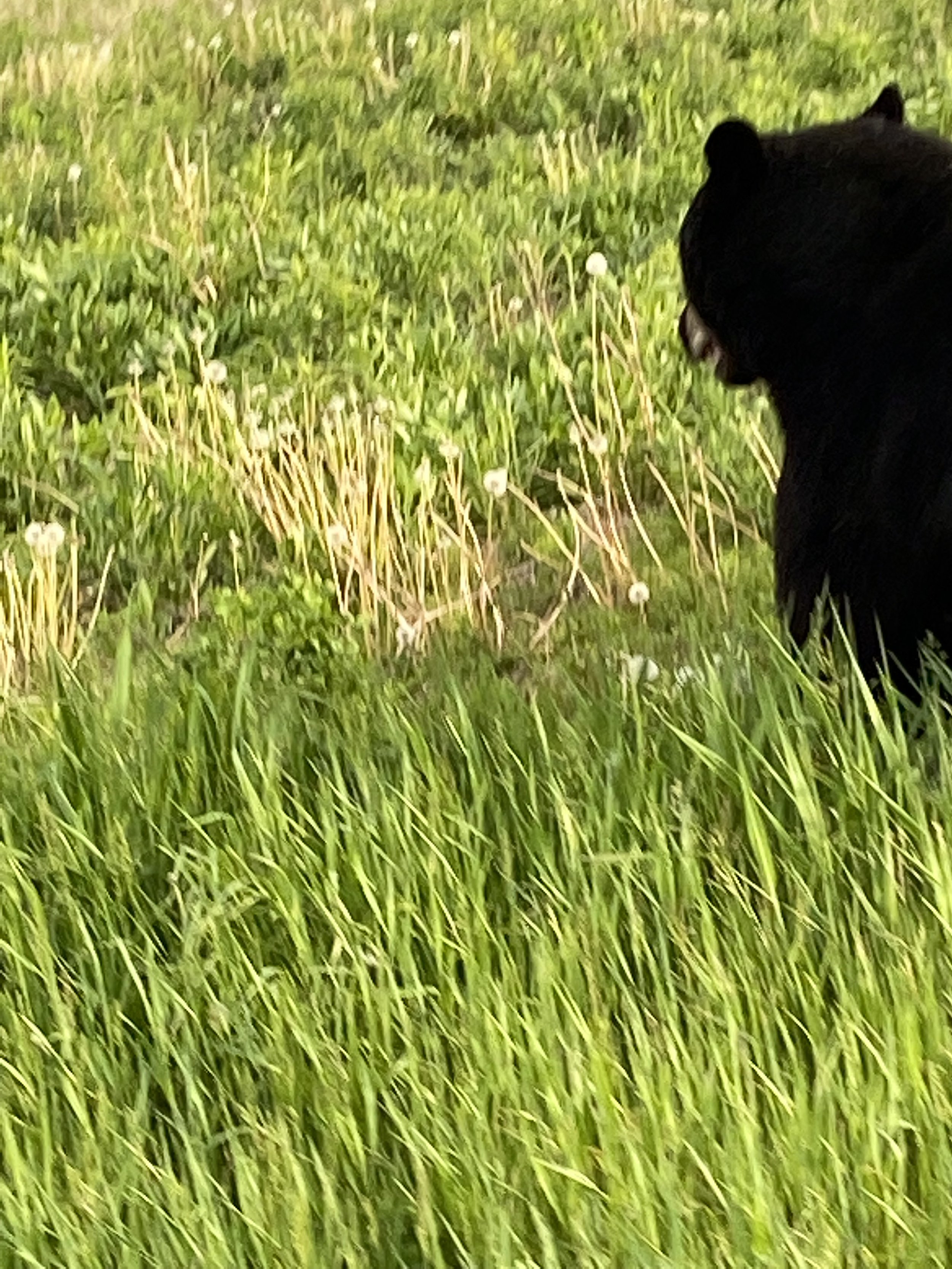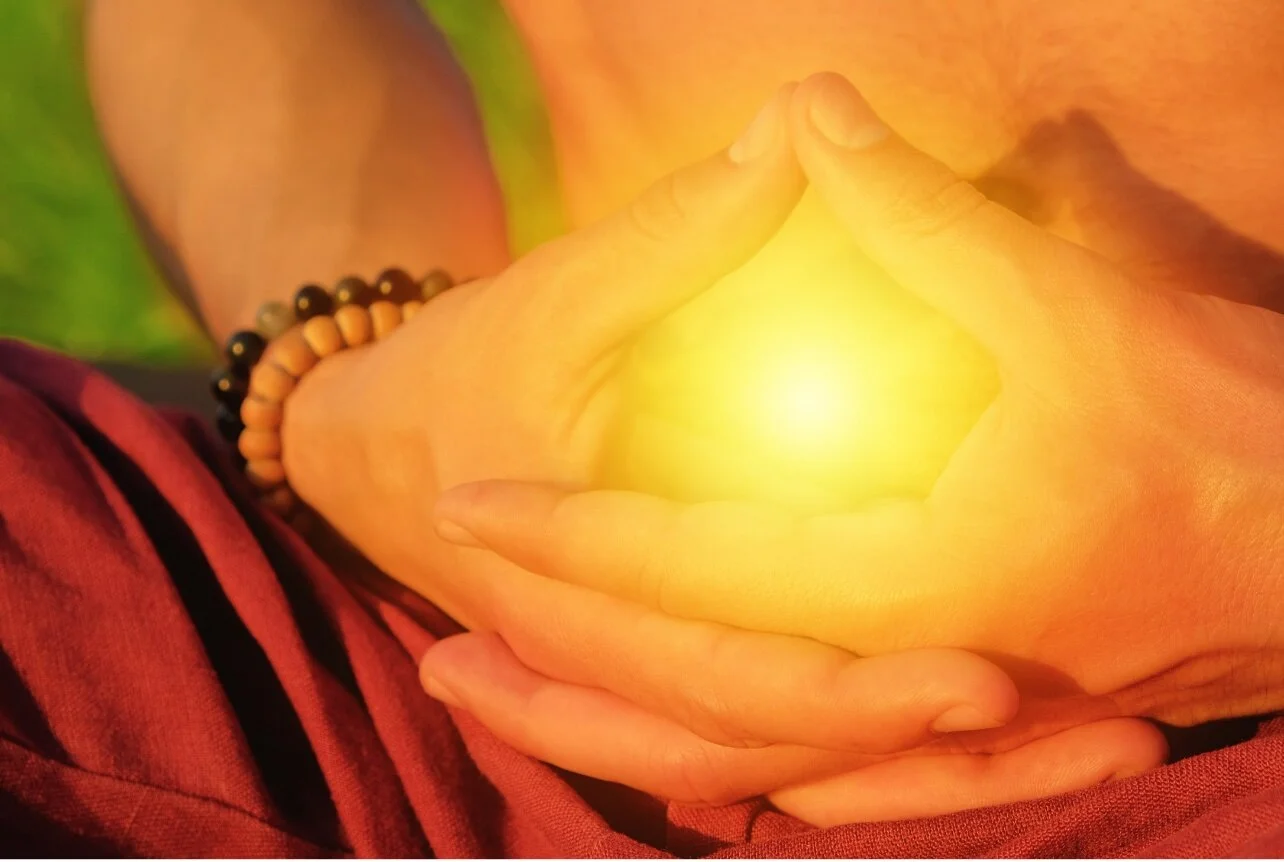Messages from a Bear
/Students of our 200-hour yoga teacher trainings know that I have something of an obsession with bears, and I often use their imagery in my teaching. I often say things like:
“If there was a bear in the middle of the room RIGHT NOW, your adrenal glands would flood your system with adrenaline and other hormones to give you the energy to fight the bear or to run away from it.”
“DON’T imagine a big bear right in the middle of the room! Now, notice how you imagined a bear even though I told you not to?”
I don’t know where this fascination with bears developed. It’s relatively new, maybe inspired by my move to the country, as bears have become more of a reality in my daily life. We know there are bears in our area. Neighbors have spotted them on their trail cameras. Visitors have seen them crossing roads nearby. I’ve never seen one, but I’m sure I’ve been close. Early this spring I took a walk on our property, which spans 80 rolling acres of hay ground and shady woods. I was walking the edge of the woods and suddenly stopped, feeling a strong sensation that I should not go any further.
I laughed at myself for being silly and took another few steps.
NOPE! The urge to turn around was so strong I couldn’t deny it. It was almost as if there was something physically holding me back. I turned around and walked back toward the house, looking over my shoulder frequently as the hairs prickled on the back of my neck. Just a few days later, my sister took these pictures of a huge boar (male bear) walking from the property that adjoins ours.
Earlier this week, Pops, my father-in-law who also lives on our property, saw what was likely the same big boar on the trails where my friend Emma and I had been picking chokecherries the day before. That day, after nearly filling our baskets with the dark purple berries, I again had the sudden and strong sensation that it was time to get out of the woods, which we promptly did.
Even though I haven’t seen him myself, this giant bear has definitely made his presence known, and I’ve wondered if he might have a message to convey. I have both meditated on this and researched the meanings and mythology of bears in different cultural traditions. Whether you believe this mysterious bear is a messenger or just a beast roaming the woods looking for food, the ideas brought forward are interesting and worth considering.
In the chakra system, the bear is one of the animals associated with manipura chakra, the third chakra in a system of seven. Manipura chakra, or the solar plexus chakra, governs the digestive system and metabolism – both physically and energetically. It is also the source of our personal strength, willpower, and self-confidence. Manipura chakra encourages us to take action in the world, pursue our goals, lead with confidence, and, sometimes, step out of our comfort zones.
Because it is also responsible for digestion and metabolism, it encourages us to be mindful of the energy we are taking in through our mouths and our senses. Everything we absorb, whether through food, drink, or sensory information, is digested in manipura chakra. What are we listening to, seeing, and soaking up energetically?
In Norse mythology, bears (bjorn) are sacred animals with powerful spirits. The gods Odin and Thor use the form of the bear when they wish to interact with the human realm in disguise. This idea relates to the energies of manipura chakra, which is the source of our personal power. Imagine feeling as powerful as Thor or Odin!
In the Ojibwe traditions, the black bear (makwa) is an important figure and is one of the seven clans of the Anishinaabe people. Bear clan members are warriors and guardians as well as healers. While different tribes have different traditions, the bear is a common thread and a symbol to be respected, representing courage, strength, confidence, and leadership. Again, we can see the relationship between the spiritual meanings of the bear and the energies of manipura chakra.
One of the suggestions I read while researching bear symbolism was to consider the type of bear, its sex, its habitat, and habits. In this context the bear also relates to muladhara chakra, or the root chakra. Muladhara chakra is the first in the chakra system and has properties of solidity and density. It relates to earth energy and living in harmony with nature. The function of muladhara chakra is to have our basic needs met – to feel safe and secure, to have food and shelter, and to be loved.
My bear (I’m feeling a stronger connection to this big boar as I learn more about him) is a male black bear. Males are solitary animals, and thus represent solitude and peace. They are resourceful and live off the land. This bear spends his days wandering within a range of a few miles, mostly looking for food. Fortunately, this region of our beautiful state is abundant with wild fruits and berries, so he hasn’t felt the need to invade our trash cans, bird feeders, or barns.
Female bears symbolize maternal energies. Imagine the mother bear in her den, birthing her cubs, nourishing them, and keeping them safe and warm until spring comes. She then teaches them to forage for food and, if necessary, protects them with incredible ferocity. In these ways, she also represents both muladhara and manipura chakras.
My own instincts tell me that my bear is advising me to trust my gut. The gut, both physical and metaphysical, is the realm of manipura chakra. Lately, my gut has been trying very hard to get my attention, and I’ve been ignoring it. It has been irritated and angry, warning me to be more conscious of what I am consuming and reminding me of the healing properties of nature. If I listen closely to the message this bear visitor brings, I also hear a gentle reminder to slow down, enjoy the fruits of the harvest, and prepare for winter.













